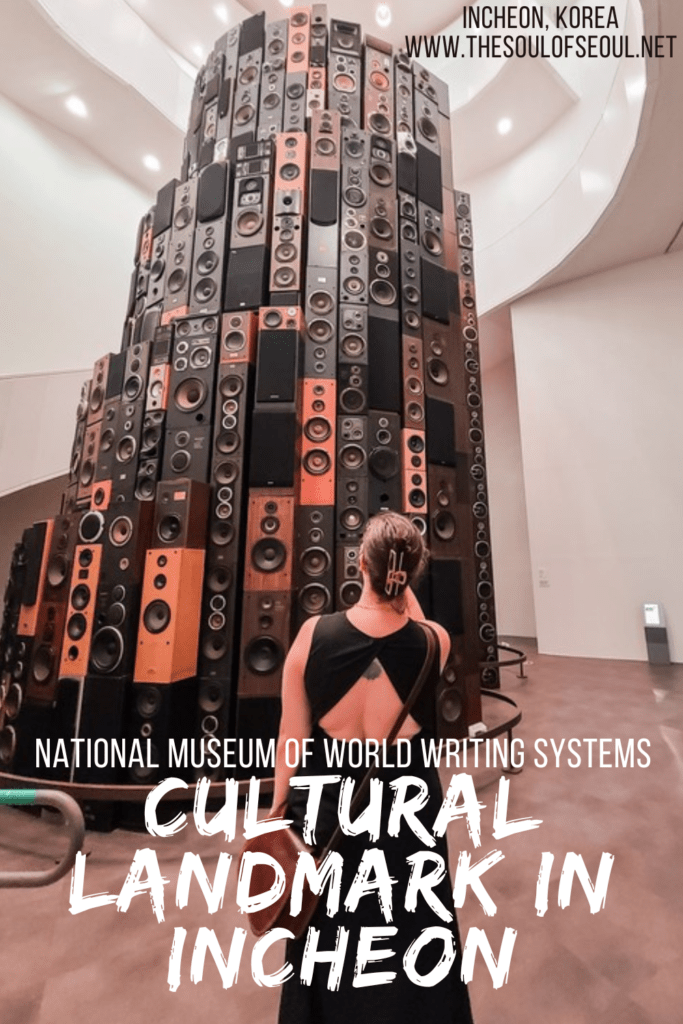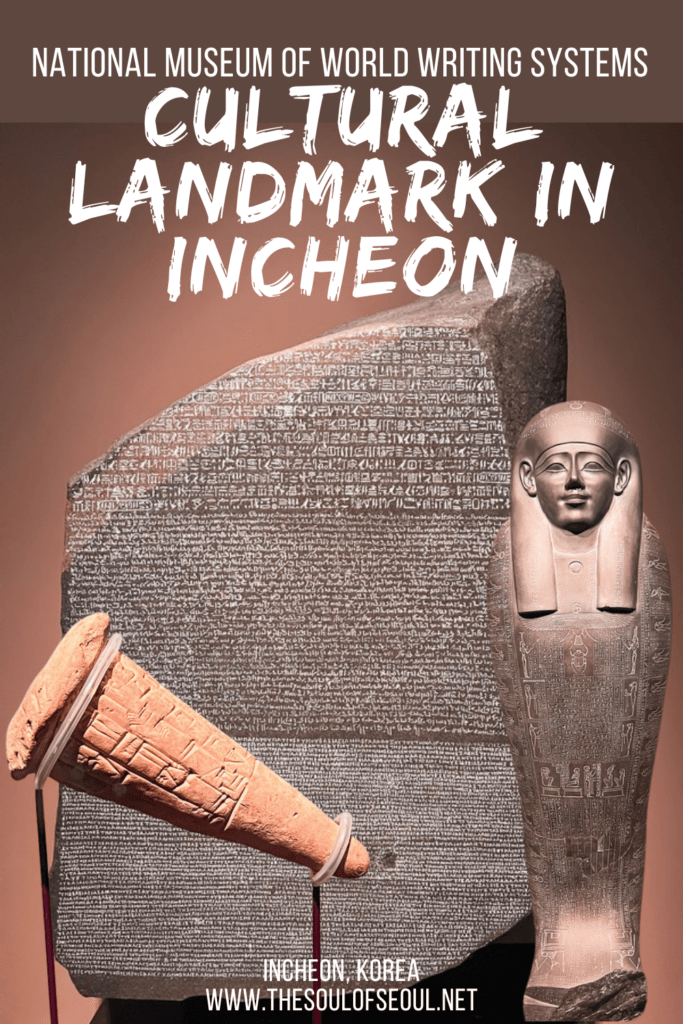National Museum of World Writing Systems: A Cultural Landmark In Incheon
Head to Songdo in Incheon, Korea and you can find a beautiful and groundbreaking museum, the National Museum of World Writing Systems (국립세계문자박물관). There are already some fun and cool reasons to visit Songdo Central Park, but as of 2023, there’s a new one.
The museum is Incheon’s first national museum and aims to comprehensively examine the world’s writing systems and their historical value. The museum not only does a fantastic job of displaying information, but the information is available in nine different languages! This is one of the most foreign friendly national museums in Korea thus far.
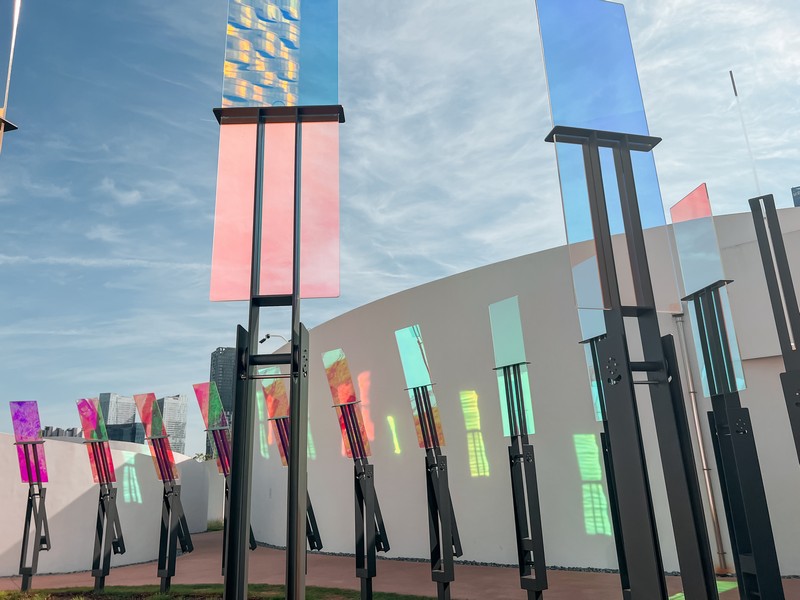
Get ready to visit one of the coolest national museums we’ve found in Korea:
- How To Get There
- Basic Info
- Architectural Splendor Amid Nature
- The Third of Its Kind
- A Journey Through the Ages
- Evolution of Language
- Visiting with Families: Tips and Highlights
(This post contains affiliate links, which means I receive a certain percentage of a sale if you purchase after clicking at no cost to you. Thank you for your support.)
How To Get There
Address: 217 Central-ro, Yeonsu-gu, Incheon (인천 연수구 센트럴로 217)
By Subway: Take the subway to Central Park Subway Station and go out exit 3
Basic Info
Hours: Tuesday – Sunday: 10:00am ~ 6:00pm
Closed: January 1st, Lunar New Year’s Day, Chuseok
Admission: Free
Website: www.mow.or.kr/
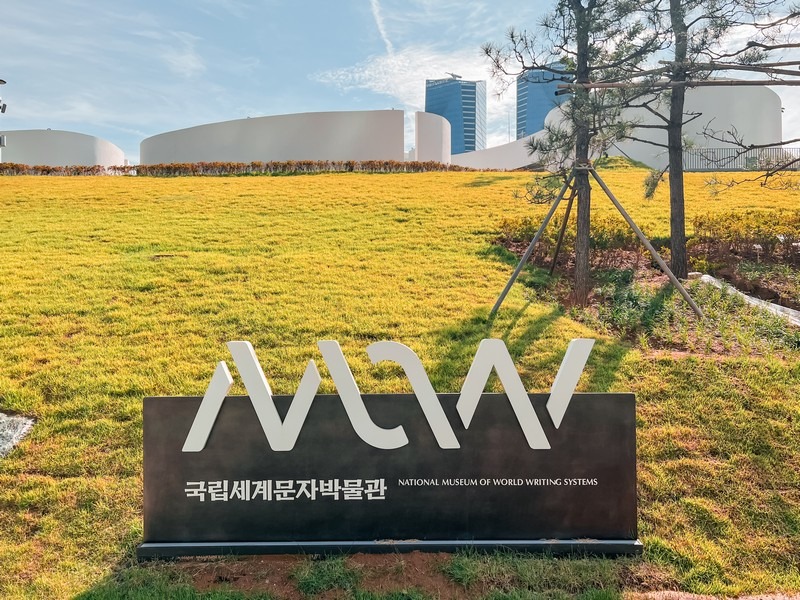

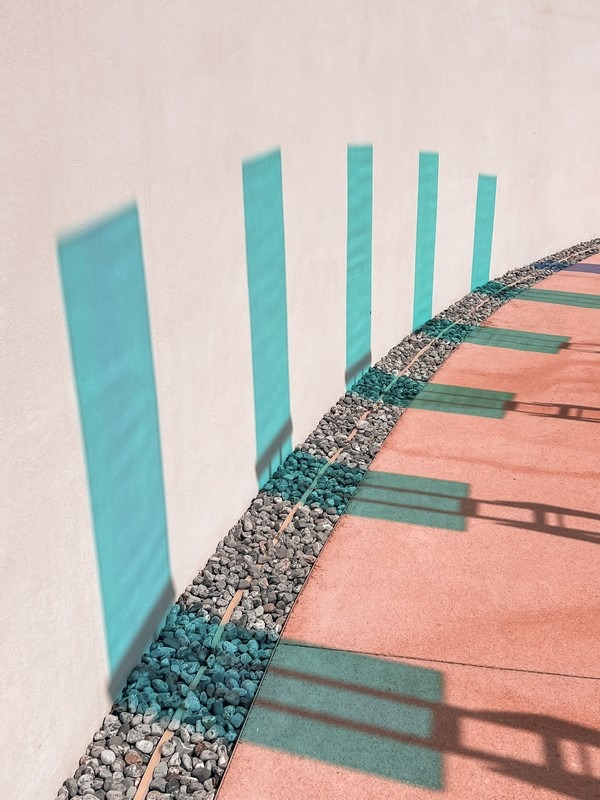
Architectural Splendor Amid Nature
While the inside of the museum is fantastic introducing the history of 55 of the world’s most important writing systems, be sure to walk up and around the exterior of the museum either before or after you’ve enjoyed the inside. The walls outside, called “Pages”, are meant to resemble an unfurled white scroll.
Designed by Samoo Architects & Engineers, there are installations between the pages as you walk through and the natural curves of the white walls hug the natural landscape. Rather than trying to dominate and stand out, the architecture uniquely blends in. It’s really quite beautiful.

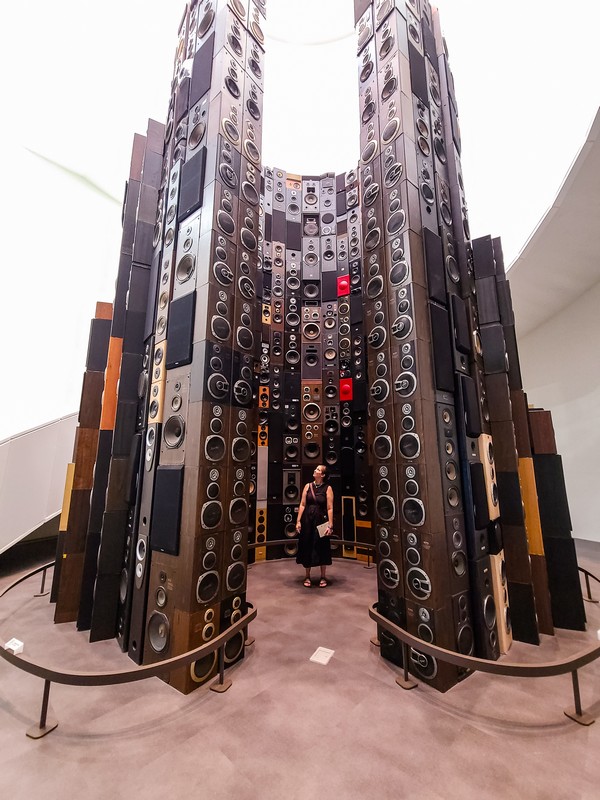
The Third of Its Kind
The National Museum of World Writing Systems is the third of its kind in the world, following France’s Champollion Museum and China’s National Museum of Chinese Writing. It’s a space to learn about the evolution of writing systems throughout human history and about the Korean writing system specifically as well.
From the outside, it doesn’t seem like it’s that large, but as mentioned above, the museum doesn’t try to dominate the area, instead, they’ve built it underground so you go in on the top floor and head downstairs to see the exhibitions.
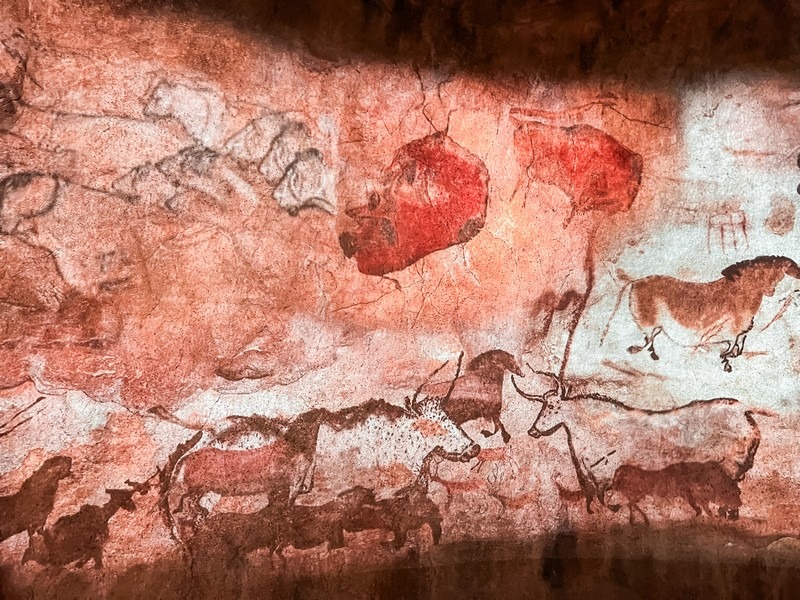
A Journey Through the Ages
Upon stepping inside, visitors are transported on a journey through the “Civilization and Writing: A Great Journey” exhibition. Go downstairs from the entrance and you’ll first enjoy a captivating tower of stereos. A cave with drawings beckons and the drawings move inviting you to enter further.
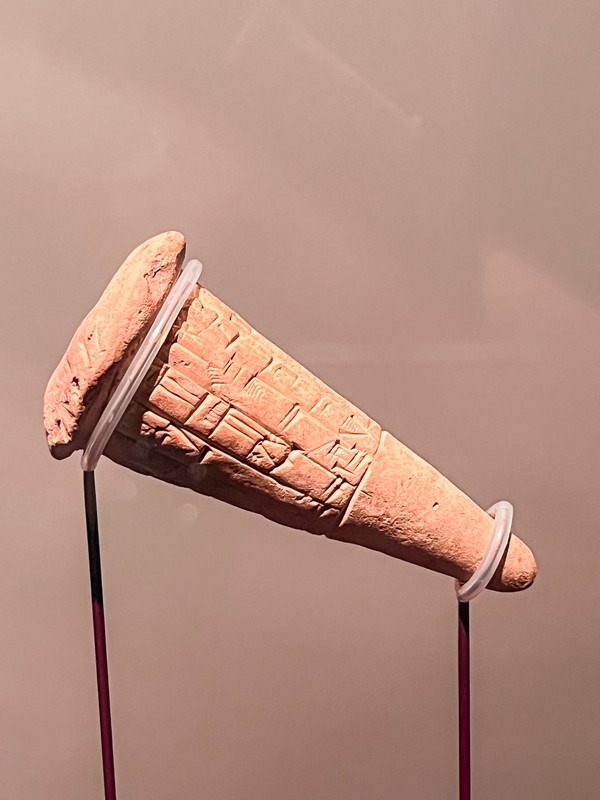
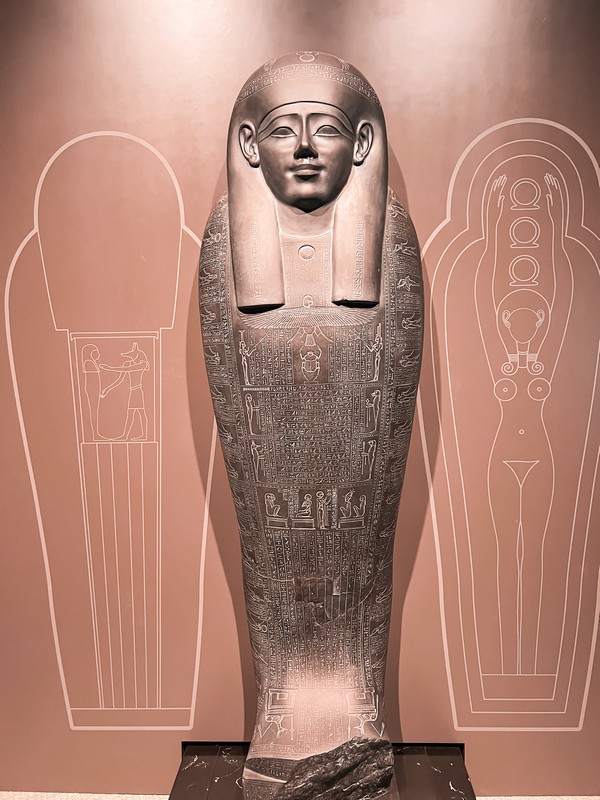
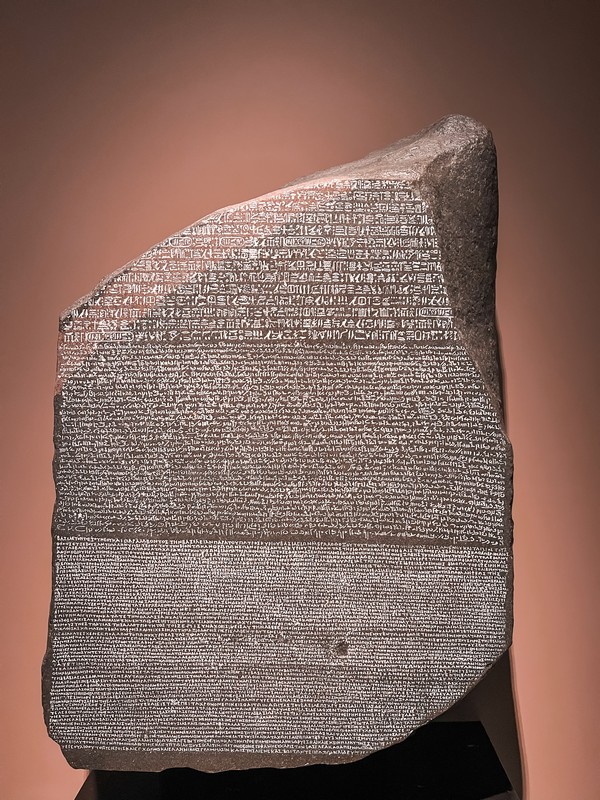
This core exhibit presents 55 of the world’s most significant writing systems, from the ancient cuneiform of Mesopotamia to the hieroglyphs of Egypt, the intricate characters of Chinese, and Korea’s own Hangeul, celebrated for its unique creation principles. Of course, you can learn more about Hangeul specifically at the Hangeul Museum in Seoul, but here, you can see and understand more about how language in general has formed and helps form culture.
Did you know: Celebrated on October 9th, Hangeul Day (also known as 한글날 or Hangeulnal), or “Hangul Proclamation Day”, is a national holiday in South Korea. This special day commemorates the creation and proclamation of the Hangeul script by King Sejong the Great and his scholars in 1443.
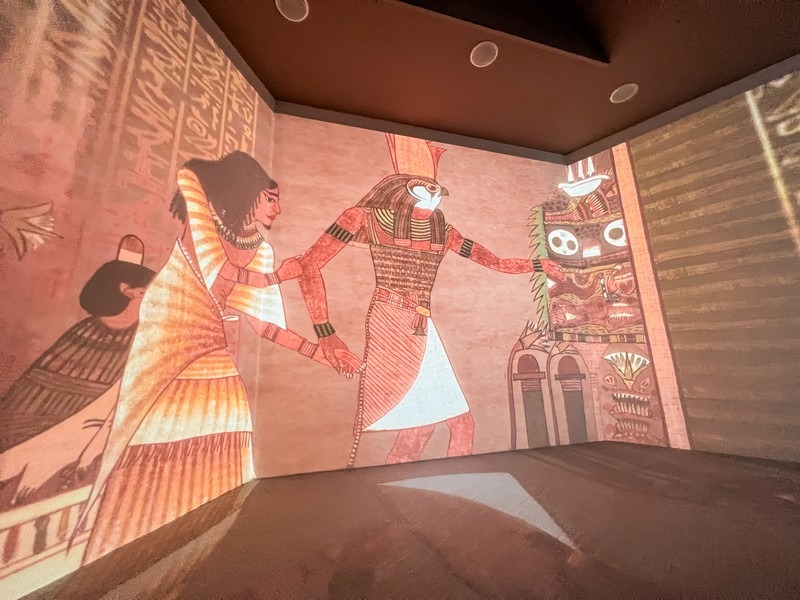
Noteworthy among the museum’s collection, which includes 543 items spanning from 2100 B.C. to the present, are replicas and originals like a section of the Gutenberg Bible, the first major book printed using movable metal type in the West, and the Jikji, the oldest known book printed with movable metal type, underscoring Korea’s pivotal role in the history of printing.
Near each of the artifacts and areas, look for a pad/screen where you can choose which language is best for you and you’ll immediately have a ton of information at your fingertips.
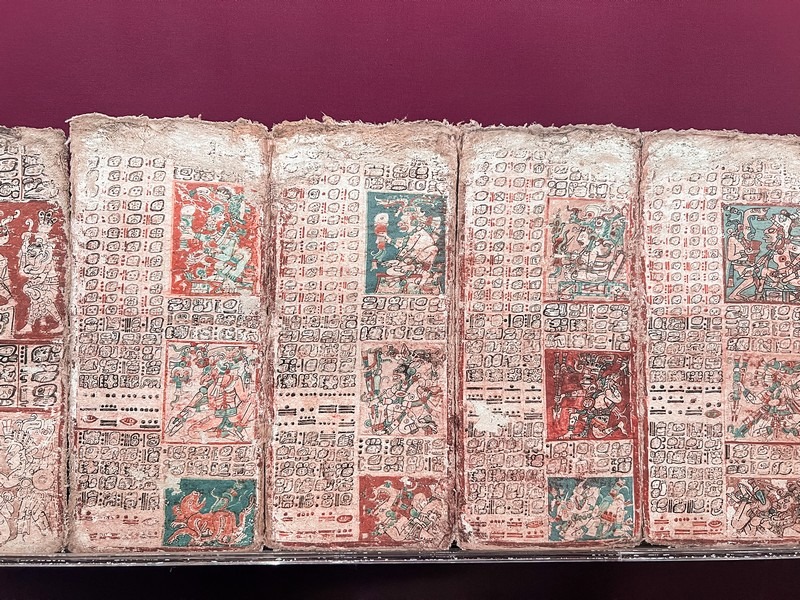
The exhibition is thoughtful and spaced out so it’s not overwhelming, while at the same time providing so much information. We love visiting Korea’s national museums. They really put so much effort into their spaces and it shows.

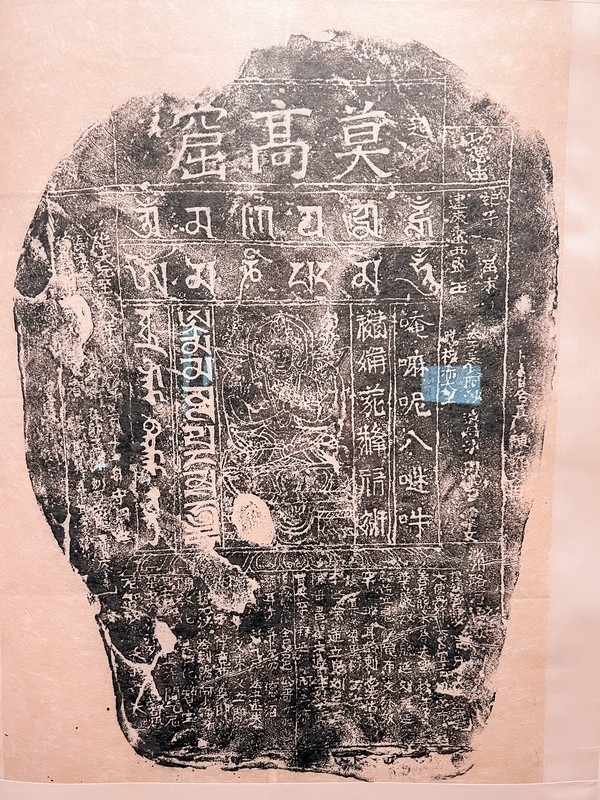
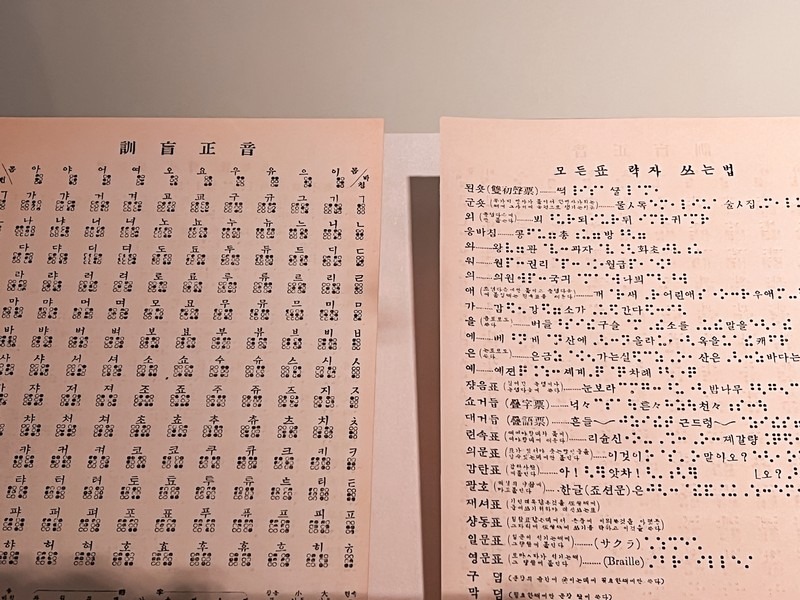
Evolution of Language
The museum goes beyond mere exhibition, offering interactive and educational experiences. This interactive approach makes the museum particularly appealing to families and young visitors. Just when you think it’s all going to be artifacts behind glass, you find bits here that the kids can touch and books they can read to keep them focused on the information. You’ll want to get involved too, I’m sure.
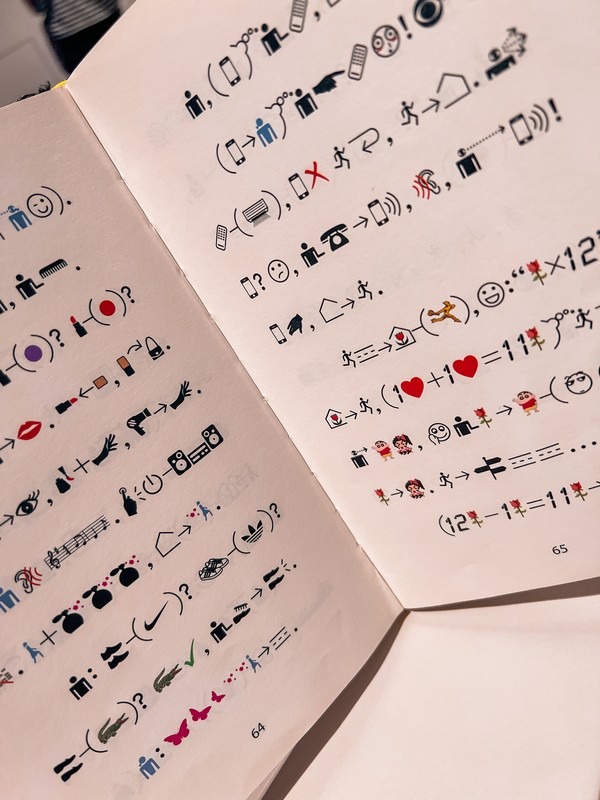
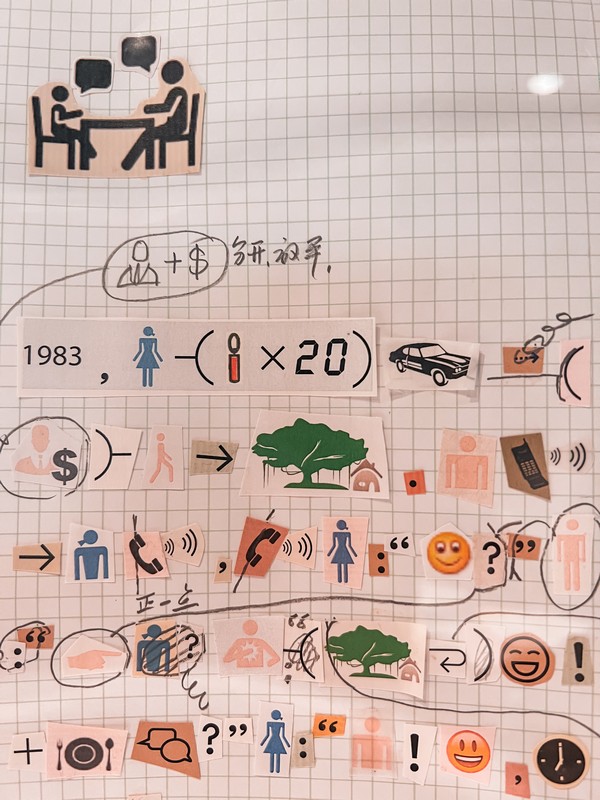
Sit down at a table to decipher journals created with just emojis and images. See what you think it says versus what your child thinks it means. We came up with some pretty hilarious stories.
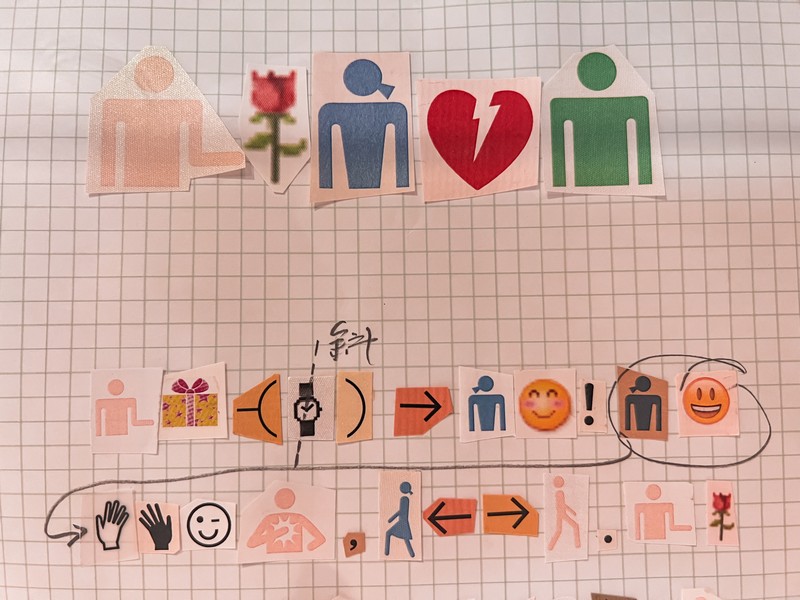
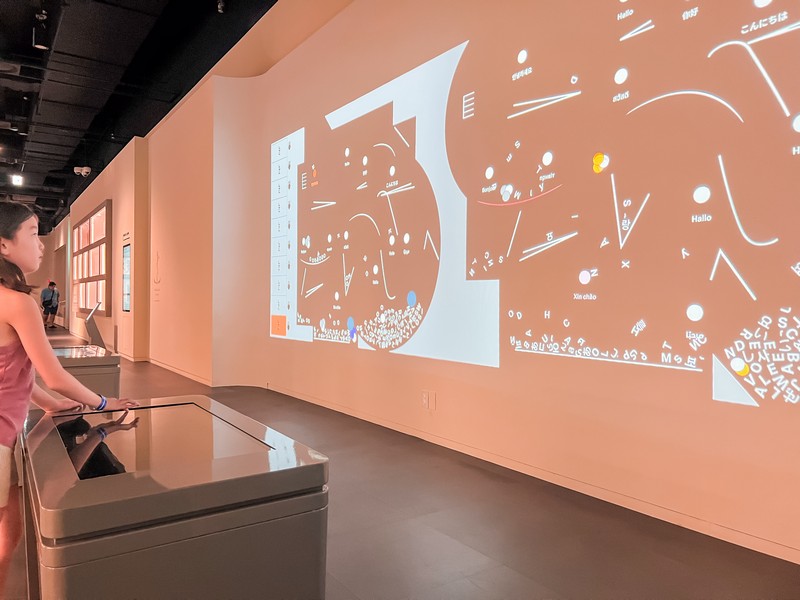
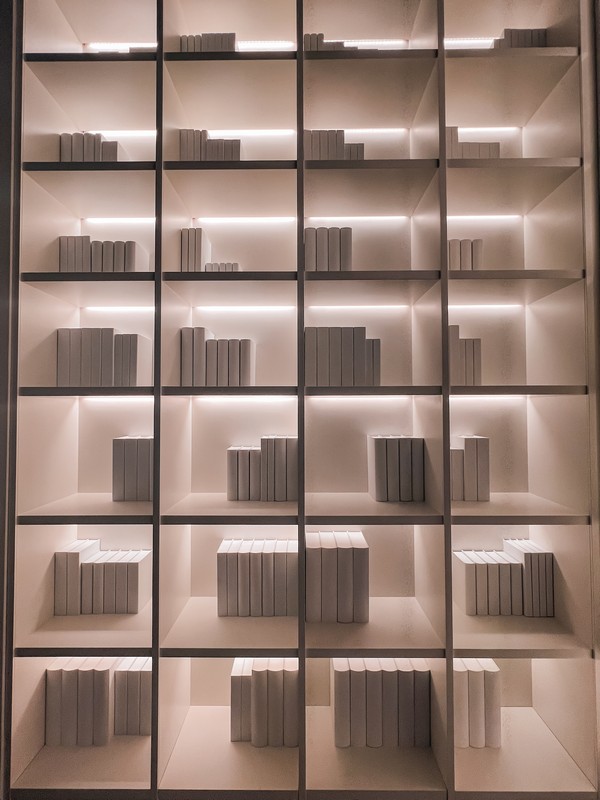
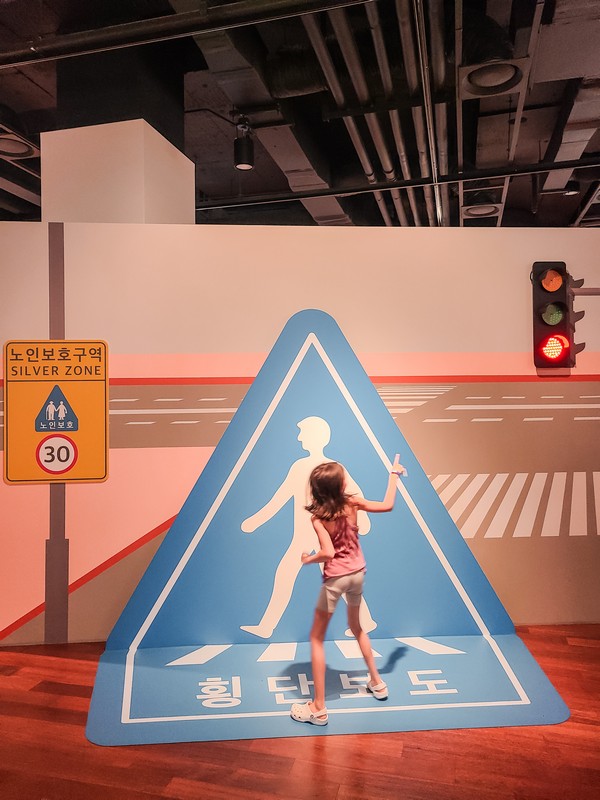
Visiting with Families: Tips and Highlights
The museum is designed to be a family-friendly with several features for young learners:
- Children’s Gallery: A space dedicated to making the world’s writing systems accessible and engaging for kids. If you have younger kids, make sure you check this out. We stayed in the main exhibition and found plenty to see and do there.
- Interactive Exhibits: Encourages hands-on learning, making the visit educational and fun for visitors of all ages. After the more museum-like beginning, there’s a whole area of interactive installations which come just in time when kids are ready to touch and talk.
- Language Accessibility: Explanations available in nine languages ensure a welcoming experience for international visitors. Sometimes, we head to museums and can’t quite understand what we’re looking at. Not here. Whatever language you prefer, you’ll be able to get information.
After visiting, definitely go out and explore Songdo Central Park as well. Plenty of space to run around, and you can rent boats and go paddling or just let everyone stretch their legs.
The National Museum of World Writing Systems is a deep dive into human smarts and creativity, showcasing how scribbles and symbols have built cultures and changed lives.
Did you like this post? Pin IT!
